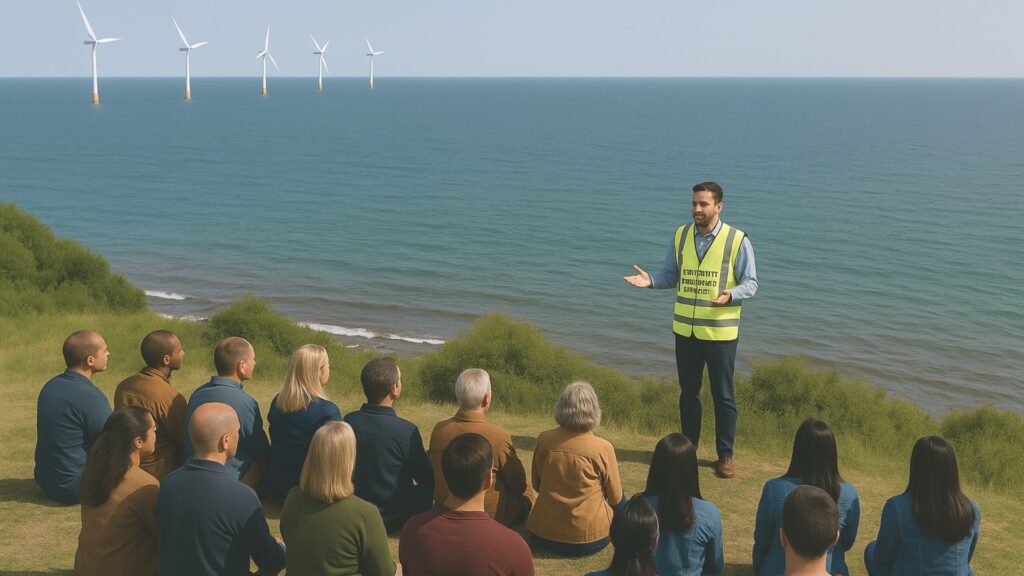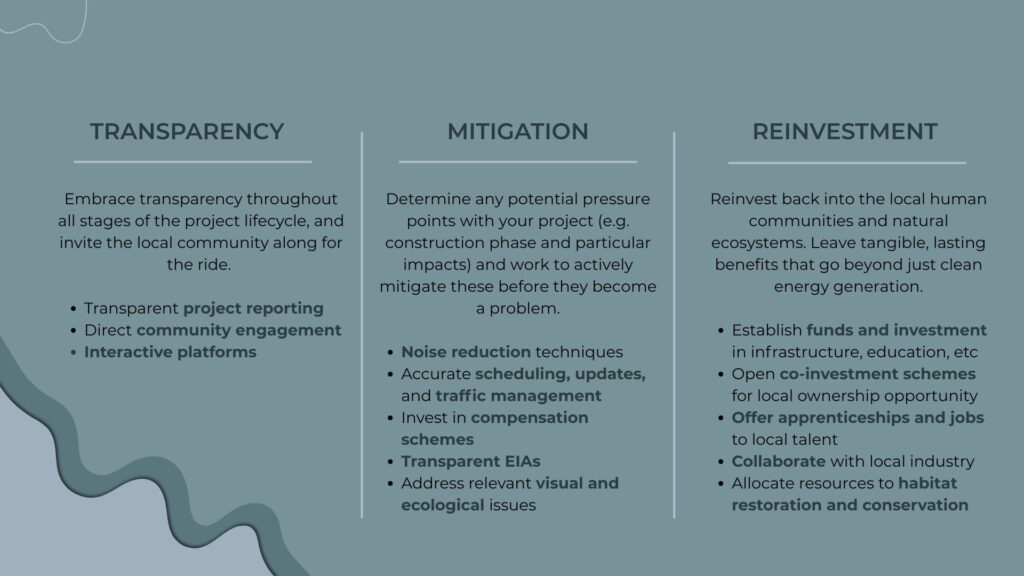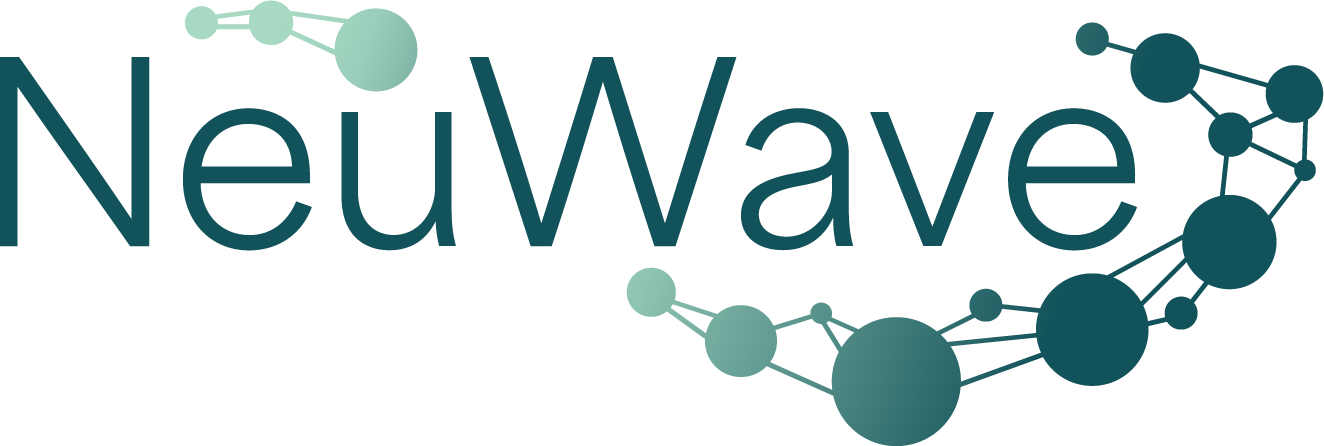Successful offshore wind farm development requires more than just ticking all the legal boxes and getting funding. If you want smooth sailing throughout planning, construction, and beyond, you’re going to need to win over the local community.
Building social licence to operate (SLO) is fast becoming a make-or-break factor in offshore development. So forget about permissions, and start thinking about partnerships.
What is a social licence?
Whereas regulatory compliance is a formal (and legal) requirement, social licence to operate (SLO) refers to de facto acceptance or approval by local communities or stakeholders of business operations. Social licence is, in short, the bond of trust between communities and companies that reinforces ethical and responsible behaviour.
Often (though not always) non-binding, the SLO legitimises business operations and fosters positive local relationships. And companies – particularly in the energy industry – that operate without social licence are more likely to come up against friction, protests, or even complete blocking. So, while it’s not necessarily a legal requirement, SLO is pretty important if you want your offshore development to run smoothly.
As Gehman et al. describe, social licence is maybe easiest when understood as “legitimacy by another name”.

How can offshore wind farm development negatively impact coastal communities?
When we think of the impacts of wind farms, one of the first arguments has always been negative visual appeal. Because of this, offshore wind farms that are located further out to sea may seem to have less of an effect on local communities than those placed on hills in-land – but that doesn’t mean they’re guaranteed support.
Offshore wind developments have worried communities that are reliant on tourism, despite most studies finding the impact to be relatively minor. And in-land wind farm developments have driven down local housing market prices, leading to related concern when it comes community support for offshore developments.
Many local communities also object to potential ecological impact caused by turbines and wind farms, even far offshore. Despite efforts to mitigate the dangers, bird flight paths are interrupted, marine life endangered, and conflicts can arise with fishing zones.
It’s not all bad, though. New wind farm developments are likely to have positive impacts on local (and regional) economies, introducing more jobs and improved access to industry. When compared with drilling, mining, or burning fuel offshore wind farms have a significantly lesser impact on local communities overall.
It’s not always an easy sell; but offshore wind is one of the better energy operations to have nearby.
Which UK coastal communities are most affected by offshore wind developments?
A number of the coastal communities in the UK that have already been impacted by offshore wind farm developments have seen distinctly positive effects, despite some initial concerns.
Grimsby has become a hub for offshore wind operations in the country, alongside Aberdeen and Great Yarmouth. All of which have experienced boosted industry, job creation, and wider economic benefits.
As offshore wind farms become a more common feature of our coastlines, more communities than ever will be impacted by their construction and operations. But it seems clear that with effective community engagement, and careful social licencing efforts, this can be a net positive for all local communities and stakeholders.
3 Essential elements of community engagement in offshore wind
Being only loosely defined, efforts towards attaining social licence can be undercut by the lack of clarity around what exactly it means. So, if SLO is by its nature intangible and impermanent, how exactly can developers work to develop and maintain it?
Developing a robust social licence requires transparency, fairness, sustainability, and trust, all of which influence whether a community continues to support or challenge an organisation’s presence and operations.
Embrace transparency
As with most community engagement efforts, when it comes to winning over coastal communities for offshore wind developments, transparency is key. There are a load of regulatory hoops to jump through already, but you’ll need to go beyond regulation to foster genuine local relationships and support.
This involves open communication about project plans, including the potential impacts and any perceived benefits.
Direct community engagement: Consider appointing dedicated Community Liaison Officers, and conduct regular online and in-person “ask the developer” sessions where community members can question the project team directly. Appointing dedicated officers ensures consistent communication, addressing concerns promptly and effectively.
Transparent reporting: Publishing Environmental Impact Assessments (EIAs) and mitigation strategies in accessible formats allows communities to understand the implications of the project, and current timelines/progress, etc. This openness can alleviate fears and demonstrate the developer’s commitment to environmental stewardship.
Interactive platforms: With modern tools developers can utilise digital platforms to share real-time data on environmental monitoring, construction timelines, and project milestones. This allows community members and stakeholders to stay updated and feel more involved, and might incorporate digital exhibitions, planning maps, public feedback forums, and online portals.
Mitigate early project negatives
The construction phase is where most issues with community support arise for offshore wind farm developments. That makes sense, as this is when there’s the most noise pollution, increased traffic, and ecological disturbance. But effective and proactive mitigation strategies can help get the local community back on side.
Noise reduction techniques: You’re trying to affect the local community as little as possible, so stick to pre-agreed limits on construction noise and timings by implementing “quiet hours”, especially during heavy tourist seasons or fishing periods.
Scheduling and live updates: Provide regular, real-time feeds and alerts for local residents and industry so they know what to expect for shipping, congestion, noise, or other potential impacts. And once you’ve committed to a plan? Try to stick to it!
Traffic management plans: Work directly and communicate actively with local ports to stagger deliveries and avoid congestion or delays.
Compensation schemes: Consider offering temporary support or compensation to fishing crews, tourism providers, or other local businesses and industry that may be affected by construction zones. This doesn’t need to be financial, and could include more novel solutions such as offering alternative mooring spots for fishing boats, or routing updates for shipping.
Visual and ecological: Conduct reliable, transparent environmental impact assessments and habitat surveys, and construct with sustainable, environment-first methods. And consider building with low-glint materials, and in horizon-based layout patterns, to reduce the visible impact for humans.
Reinvest locally
Re-investing in the local community doesn’t just mean giving back to the coastal humans; we’re talking ecologically, as well. Ensuring that both residents and ecosystems feel the tangible benefit of your offshore wind farm development goes beyond the project’s value in energy generation alone.
Community and local industry: The most obvious way to give back to the local coastal community is through establishing funds for supporting local initiatives. That could be education, infrastructure, environmental conservation; something with a lasting positive impact. You could also create local supply chain pledges that prioritise local contractors and vendors.
Co-investment schemes: Consider opening avenues for local residents to buy into the project through cooperative shares or green bonds. Giving residents a sense of ownership over the project increases support, transparency, and overall legitimacy – fostering real relationships and connections with the local community and individuals.
Job creation and training: Partner with local colleges and/or training providers to offer apprenticeships and upskilling opportunities in wind turbine maintenance, environmental monitoring, maritime logistics, or another relevant area. These aren’t just jobs, they’re long-term careers in the renewables transition (and these locals you train could go on to do great things for your company!) Meanwhile, collaborative fisheries co-management plans (like seasonal no-go zones or community-led surveillance) can help protect local livelihoods, and shift the narrative from conflict to cohabitation.
Environmental restoration: Allocating resources for habitat restoration and conservation projects can offset ecological impacts, and win over local community support. Publish realistic targets for restoring seagrass, implementing artificial reefs, or protecting bird habitats and flight paths; and bring the community onboard with local volunteers or transparency officers.

Offshore wind can’t thrive without the support of the people who live closest to it; and projects that ignore community voices are gambling with their own future success. Social licence isn’t guaranteed, and there are no shortcuts to earning the trust of local communities.
It is simply earned through real consistency, collaboration, and care.
True sustainability means more than clean energy, it means social equity and environmental responsibility.
There isn’t really any standardised methodology or ruleset in the offshore wind industry when it comes to gaining social support. But developers that embed transparency, respect, and reinvestment into their development process will find that social licence usually isn’t a hurdle: it’s an asset.
Social licence starts with complete confidence in your own credentials…
The NeuWave platform combines cutting-edge AI-intelligence with the best environmental data to offer reliable, transparent, and verifiable environmental analysis – the first step towards social licence success for your offshore wind farm or maritime industry assets.

